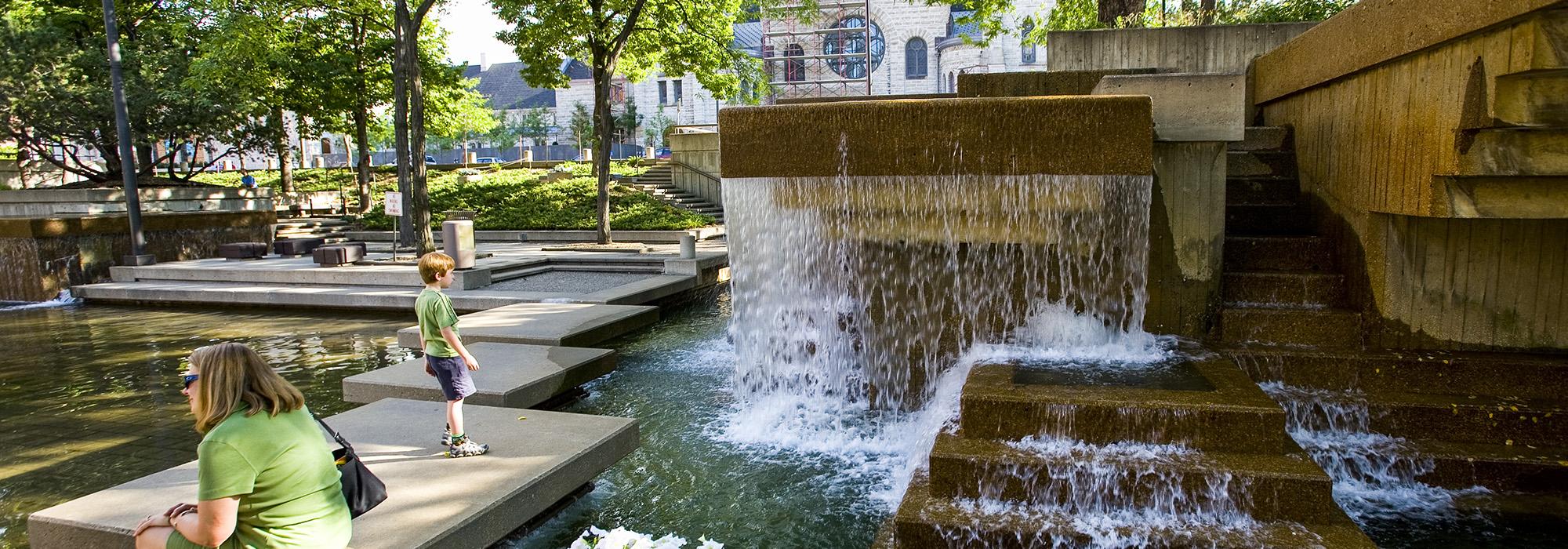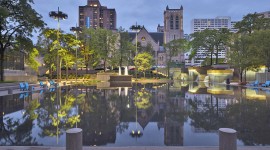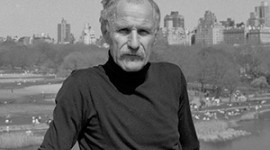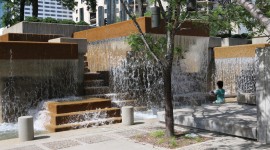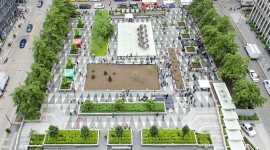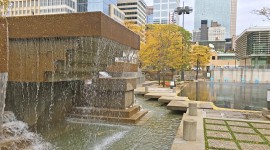A Bright Outlook for Peavey Plaza?
The future of historic Peavey Plaza began looking brighter when the Minneapolis Department of Public Works took on the responsibility for improving it. That change came in the wake of a lawsuit that successfully halted the city’s proposal to demolish the plaza. Opened in 1975, this park plaza is a seminal work of Modernist landscape architect M. Paul Friedberg. The plaza was an immediate success, but its image and physical condition had deteriorated by the early twenty-first century because of deferred maintenance and a lack of coherent programming. To bring positive attention to this important resource, park advocates nominated Peavey Plaza to the National Register of Historic Places; the plaza was listed in the National Register in January 2013.
After the lawsuit was settled, TCLF and Preservation Alliance of Minnesota worked with the city and business community on steps to complete a needed rehabilitation of the plaza. With the adjacent Orchestra Hall celebrating a recent renovation, Nicollet Mall under reconstruction, and a new downtown football stadium hosting the Super Bowl in 2018, the pressure is on to return Peavey to a condition befitting the prominent role it was meant to play in the heart of Minneapolis.
In 2015, the city hired a team led by Miller Dunwiddie Architecture to complete a Historic Structures Report (HSR) on Peavey Plaza. Consultants included landscape architect Damon Farber, two fountain consultants, structural and civil engineers, a contractor cost estimator, and a lighting designer. The team investigated the condition of the vegetation, the iconic fountains and pool (which have long been dry), and other infrastructure issues. In the meantime, the Downtown Council, a business association, organized events to enliven the plaza until the mall construction made it difficult to continue that initiative.
The final HSR was released recently, and the results are heartening: In general, the bones of the plaza are intact and in better condition than anticipated. With this as a starting point, the study delineated alternative approaches going forward, ranging from the “minimum scope,” which would refurbish existing features, to total restoration.
Following the completion of the HSR, the city issued a request for proposals (RFP) for “historic preservation architectural design services.” The project is divided into two scopes: refurbishing the fountains and pool; and refurbishing the rest of the plaza. A possible third scope, contingent on financing, would make additional improvements to the infrastructure to accommodate events. Although the $6 million budget is not sufficient to cover all of the work that Peavey needs, it will go a long way towards the plaza’s sympathetic renovation. The scope anticipates finishing the design work by mid-2017, with construction in 2017-2018. Proposals for the project are due on September 9, 2016, with a consultant selected before the end of that month.



